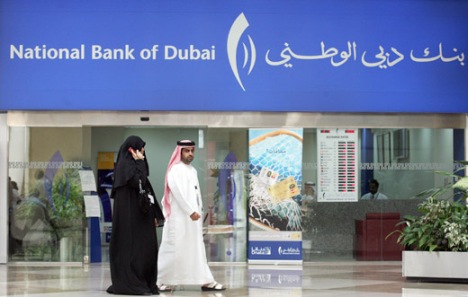By Rabah Arezki and Maurice Obstfeld
(Versions in عربي, 中文, Français, 日本語, Русский, and Español)
“The human influence on the climate system is clear and is evident from the increasing greenhouse gas concentrations in the atmosphere, positive radiative forcing, observed warming, and understanding of the climate system.” —Intergovernmental Panel on Climate Change, Fifth Assessment Report
Fossil fuel prices are likely to stay “low for long.” Notwithstanding important recent progress in developing renewable fuel sources, low fossil fuel prices could discourage further innovation in and adoption of cleaner energy technologies. The result would be higher emissions of carbon dioxide and other greenhouse gases.
Policymakers should not allow low energy prices to derail the clean energy transition. Action to restore appropriate price incentives, notably through corrective carbon pricing, is urgently needed to lower the risk of irreversible and potentially devastating effects of climate change. That approach also offers fiscal benefits.
Filed under: Economic research, growth, International Monetary Fund, Reform | Tagged: Argentina, Asia, China, clean technology, Climate change, COP-21, Egypt, energy, energy prices, Europe, fossil fuel emissions, fossil fuels, IMF, natural resources, oil, renewable energy, technology, U.S., United Arab Emirates | Leave a comment »
















